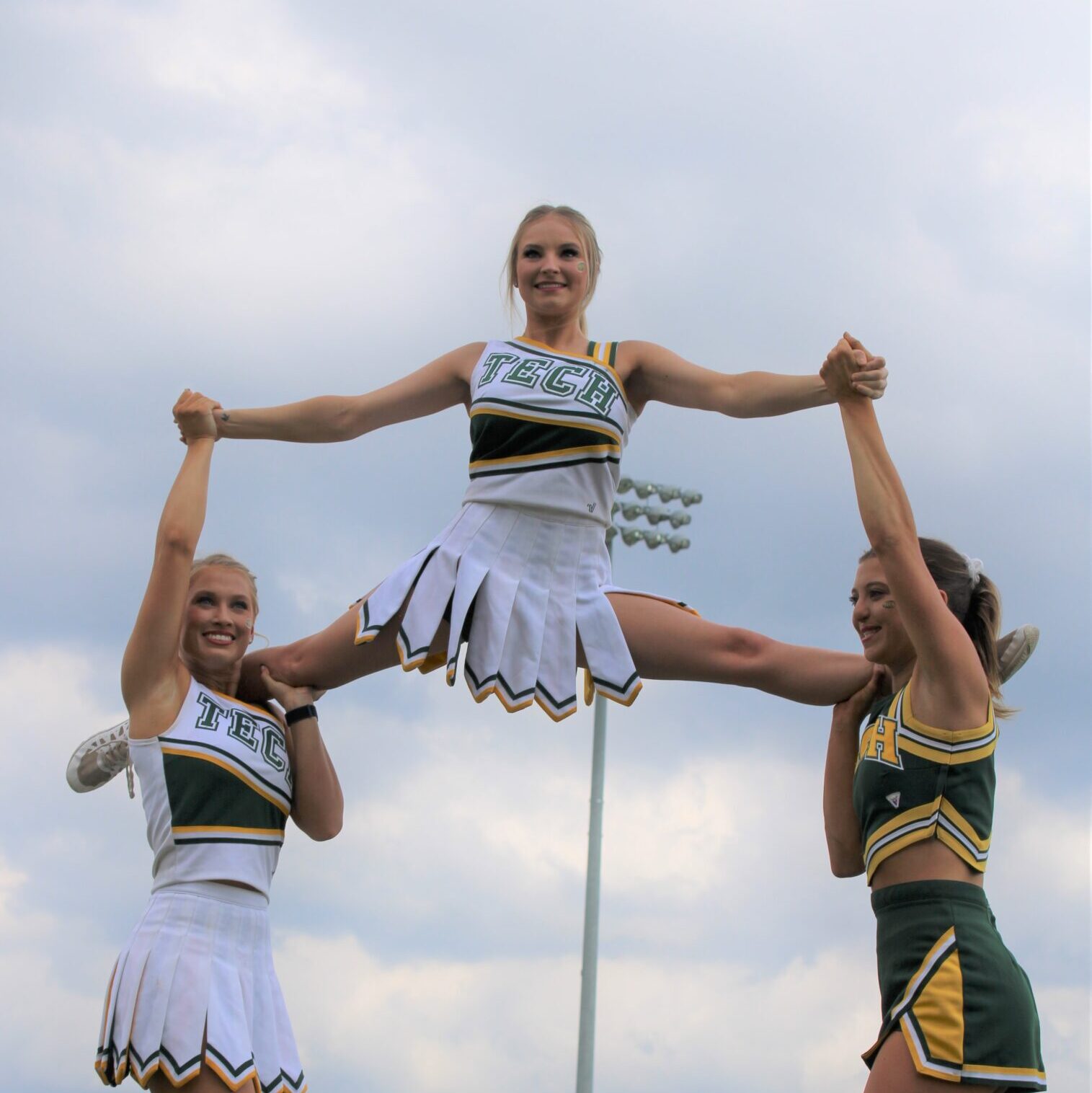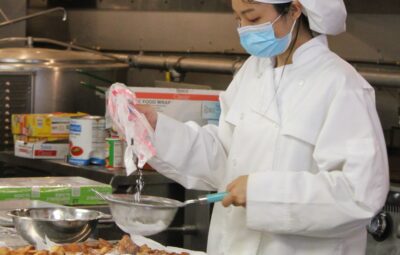PHOTO | Tara Espinoza
Cheerleading has existed for over a century, and with it, many stereotypes and debates on whether it should be considered a sport or not.
A sport is an activity involving physical exertion and skill in which an individual or team competes against another. Competitive cheer checks all these boxes, and in July 2021, the IOC recognized cheer as an official sport. Despite this, many refuse to acknowledge cheer as a sport or give it the respect it deserves.
This stigma surrounding cheerleading states that cheer is no more than an activity that involves little strategy and shouldn’t be considered a sport because anyone could do it. But could anyone do it? Can the average person tumble, lift someone above their head, and perform stunts with rhythm and flexibility? I can’t.
Cheer is no longer just standing on the sidelines, waving pom-poms and chanting. Hard work and a high likelihood of injury are put into performing. So much so that The National Center for Catastrophic Sports Injury Research concluded that collegiate cheerleading was responsible for 70.5% of all female catastrophic sports injuries.
Cheerleading demands effort and risks just like every other sport does, but cheerleaders aren’t granted the title of a hard-working athlete. Instead, they often get the reputation of being vain and unimportant.
Cheerleaders deserve more respect considering the hours they put in, the injuries they sustain, the long competitions they attend, and the fact that they’re expected to do all of it with a smile while being stereotyped and put down by millions.






